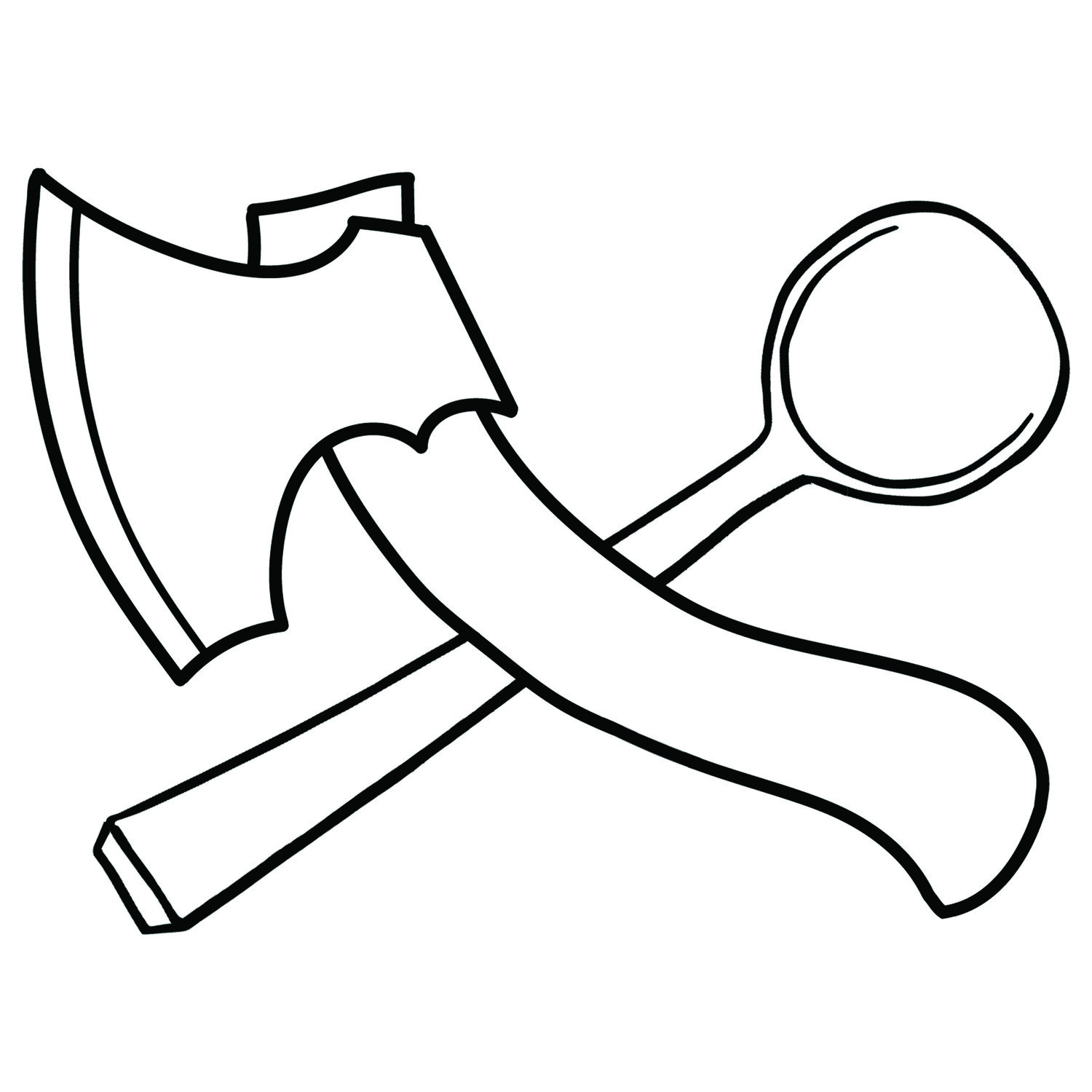Yesterday I received my
Svante Djarv Small Viking Axe from
the Woodsmith Store. I haven't had a chance to try it out yet, but wanted to give my first impressions of it.
Here's the description from the Woodsmith Store:
The Svante Djarv Little Viking Axe is a very useable everyday axe for green wood working made by respected Swedish tool maker Svante Djarv.
These axes are made in very small quantities.
The bit has two equal bevels ground to 30 degrees with distinct shoulders, a long curved bit which extends above the heads eye and the position of the cutting edge in relation to the handle make this a very efficient axe producing a very natural slicing action.
The medium weight head at 800gms has a cutting edge of 140mm, (5 1/2").
The curved ribbed handle in Swedish elm is 340mm (13 1/2") long and very comfortable in the hand with a good grip. As was traditional only a well seasoned wooden wedge is used to fix the head to the handle.
Up until now I've been using the
Gransfors Bruks Wildlife hatchet and wanted to get something that a) had a bit more weight behind it to help make bowl carving a little easier and b) was more specifically designed for carving - notably an axe with an upswept bit. With regards to a) the 800g head on the SD Little Viking axe does not feel heavier that the 600g Wildlife hatchet. This might be because the American hickory handle on the Wildlife hatchet is heavier than the Swedish elm of the Little Viking. I'm not 100% sure that this is the case, but the balance of the two axes makes me think that's the case.
 |
| SD Little Viking Axe and GB Wildlife Hatchet |
I was also surprised by how thin the axe bit is. Hopefully this will mean it will do well slicing. I'm also very happy with the flat grind, which should make it easier to sharpen than the convex grind on the Wildlife hatchet.
I've got a rather large piece of hornbeam sitting in my woodpile that has been waiting for this axe to arrive. I'll dig it out and report back on how the Little Viking axe holds up against 'ironwood' hornbeam.
 |
| Big lump of hornbeam at the bottom |




